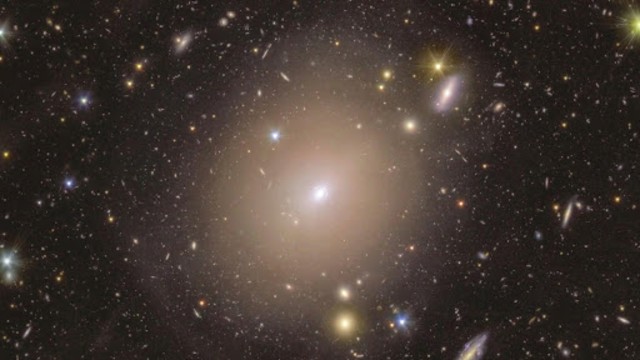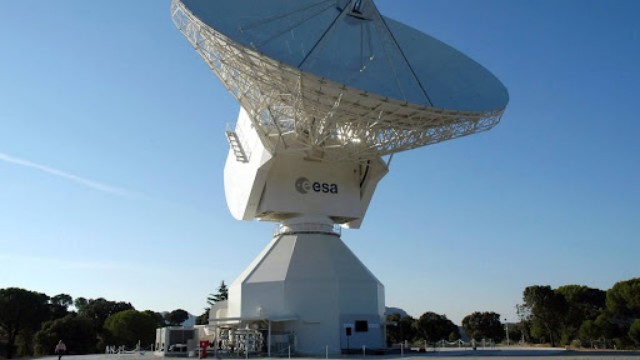
A ring of light, known as an "Einstein ring," has been spotted around the core of the galaxy NGC 6505. The European Space Agency’s Euclid telescope captured this striking image, showcasing the effect of gravity bending light in space.
A newly spotted glowing ring in deep space has captivated astronomers worldwide. The Euclid space telescope, launched by the European Space Agency in 2023, has uncovered a rare Einstein ring—an extraordinary halo of light perfectly circling a distant galaxy. This remarkable find, revealed in the journal Astronomy and Astrophysics, highlights the power of Euclid’s advanced observational capabilities.
The luminous ring encircles a galaxy located 590 million light-years from Earth, making it relatively close in cosmic terms. A light-year measures approximately 5.8 trillion miles, meaning this galaxy is still far beyond human reach. What’s surprising is that scientists have known about this galaxy for over a century, yet the glowing ring remained hidden until Euclid’s precision instruments detected it.
An Einstein ring forms when light from a much more distant galaxy is bent by the immense gravitational pull of a foreground galaxy, creating a nearly perfect circle of light around it. This process, called gravitational lensing, is a striking demonstration of Albert Einstein’s theory of general relativity, which describes how gravity warps space and light. In this case, the background galaxy responsible for the ring is located more than four billion light-years away.
“These strong gravitational lenses are incredibly rare and scientifically valuable,” explained lead researcher Conor O’Riordan from Germany’s Max Planck Institute for Astrophysics. “This one is particularly special because of its proximity to Earth and its perfect alignment, making it not just scientifically useful but also visually stunning.”
The Euclid telescope, designed to study dark energy and dark matter, continues to unveil cosmic secrets. NASA is collaborating on this ambitious mission to better understand the universe’s hidden forces, which influence the expansion of space and the movement of galaxies.
Einstein rings are among the most fascinating cosmic phenomena, as they act like natural telescopes, magnifying distant galaxies that would otherwise be impossible to see. They provide astronomers with crucial data to measure the distribution of dark matter—an invisible substance that makes up most of the universe’s mass.
Euclid’s discovery adds another piece to the puzzle of the cosmos, demonstrating how light, gravity, and space interact on a grand scale. By capturing this rare Einstein ring, the telescope has reinforced the significance of gravitational lensing in modern astronomy.
As Euclid continues its deep-space survey, astronomers anticipate more surprising discoveries that will reshape our understanding of the universe. With each new finding, the mysteries of space become a little clearer, bringing us closer to answering fundamental questions about existence beyond our planet.















